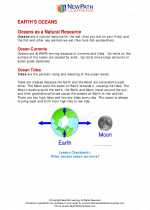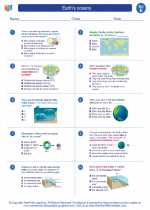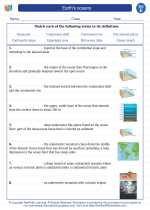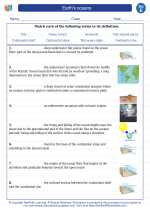Reflection
Reflection is the change in direction of a wavefront at an interface between two different media such as air and water. It is also the change in the direction of a wavefront at an interface between two dissimilar materials, such as a wave traveling in water and encountering air.
Types of Reflection
There are two types of reflection: regular reflection and diffuse reflection.
- Regular Reflection: Occurs when light reflects off a smooth and shiny surface, such as a mirror, and the reflected light rays are parallel to each other.
- Diffuse Reflection: Occurs when light reflects off a rough and non-shiny surface, such as a piece of paper, and the reflected light rays are scattered in different directions.
Law of Reflection
The law of reflection states that the angle of incidence is equal to the angle of reflection. This means that when a wave, such as light or sound, reflects off a surface, the angle at which it approaches the surface is equal to the angle at which it leaves the surface.
Examples of Reflection
Reflection is observed in various everyday situations, such as:
- Seeing your reflection in a mirror
- Light bouncing off a smooth lake surface
- Hearing echoes in a large empty room
Study Guide
Here are some key points to remember about reflection:
- Reflection is the change in direction of a wavefront at an interface between two different media.
- There are two types of reflection: regular reflection and diffuse reflection.
- The law of reflection states that the angle of incidence is equal to the angle of reflection.
- Examples of reflection can be observed in everyday experiences, such as seeing your reflection in a mirror or hearing echoes in a large empty room.
Understanding the concept of reflection is essential in the study of light and sound waves, and it has practical applications in various fields, including optics, acoustics, and engineering.
.◂Science Worksheets and Study Guides Fifth Grade. Earth's oceans

 Worksheet/Answer key
Worksheet/Answer key
 Worksheet/Answer key
Worksheet/Answer key
 Worksheet/Answer key
Worksheet/Answer key
 Vocabulary/Answer key
Vocabulary/Answer key
 Vocabulary/Answer key
Vocabulary/Answer key
